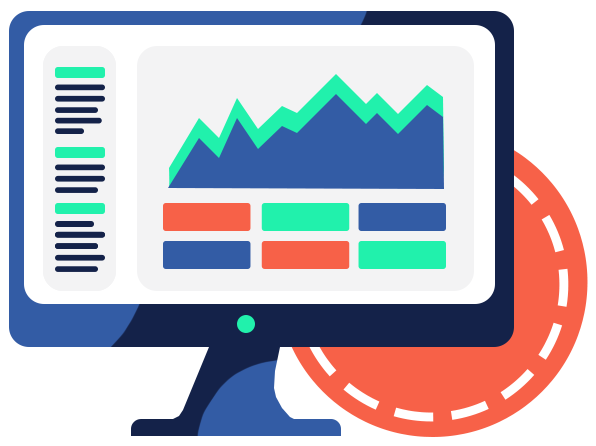Inbound Sales & Marketing
Attract, Engage, and Delight Customers for Sustainable Growth

Ready to Fuel Growth with Inbound Marketing That Converts?
Ignite your business growth with a powerful inbound sales and marketing engine. Together we'll craft a comprehensive strategy that attracts qualified leads, nurtures relationships, and converts prospects into loyal customers. Our expertise spans content creation, search engine optimization (SEO), social media marketing, and marketing automation, ensuring a holistic approach to drive your success.
Fuel Your Business Growth with Inbound Sales & Marketing
Attract Qualified Leads
Create valuable content that attracts your ideal customers and positions your business as a trusted resource.
Increase Brand Awareness
Build brand awareness and establish thought leadership through engaging content and social media presence.
Generate More Sales Qualified Leads
Improve Customer Relationships
Drive Sustainable Growth
The Evolution of Inbound: Powered by Technology and Innovation
Inbound has always been about attracting, engaging, and delighting customers. But in today's digital age, the way we achieve those goals is evolving. Traditional inbound tactics, while still valuable, are no longer enough. To truly connect with your audience, you need to embrace the power of technology and innovation.
Traditional Inbound vs. Modern Inbound:
| Feature | Traditional Inbound | Modern Inbound |
|---|---|---|
| Content Creation | Blogs, ebooks, white papers | Interactive content, personalized content, AI-powered content generation |
| Demand Capture | Basic landing pages, forms | Interactive tools, quizzes, personalized CTAs, AI-powered lead qualification |
| Lead Nurturing | Basic email workflows | Personalized email sequences, behavioral automation, AI-powered lead scoring |
| Sales | Generic sales scripts, cold calling | Personalized sales outreach, AI-powered sales insights, CRM integration |
| Analytics | Basic website traffic data | Advanced analytics, predictive analytics, AI-powered insights |
The Role of AI in Modern Inbound
Personalize the Customer Experience
AI can analyze vast amounts of data to deliver personalized content and offers that resonate with individual buyers.
Optimize Content Creation
Automate Marketing Tasks
Gain Deeper Insights
By embracing the power of technology and AI, you can take your inbound strategy to the next level and achieve unprecedented results.
Our Inbound Sales & Marketing Services
We offer a comprehensive suite of inbound sales and marketing services, including:
Inbound Strategy Development
We'll develop a customized inbound strategy aligned with your business goals and target audience.
Sales Enablement
We'll equip your sales team with the tools and resources they need to effectively engage with leads and close deals.
Marketing Automation
We'll implement marketing automation tools to streamline your efforts, nurture leads, and improve efficiency.
Your Partner in Inbound Success
Data-Driven Approach
We track and analyze your results to continuously improve your inbound strategy and maximize your ROI.